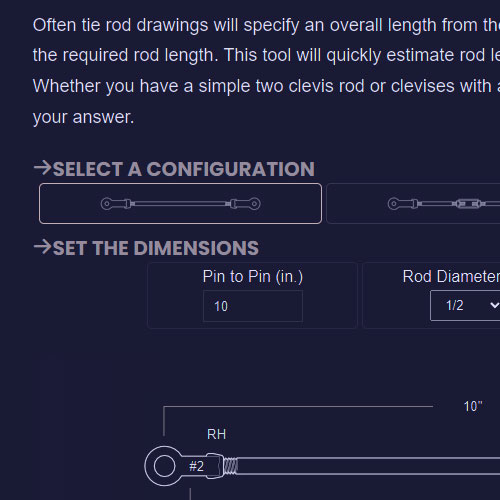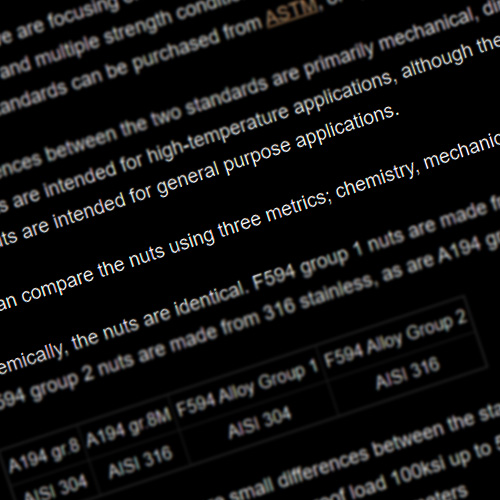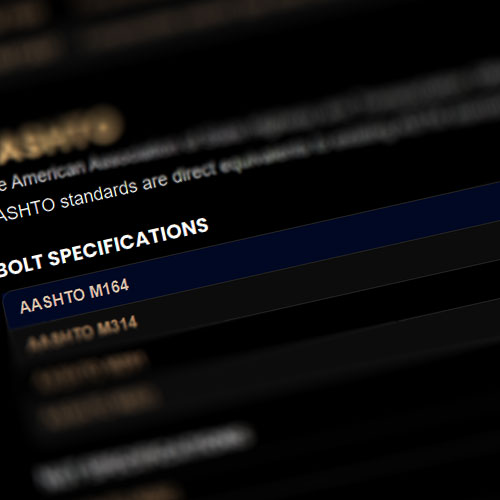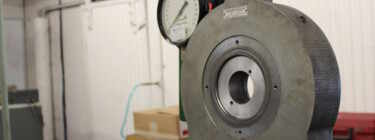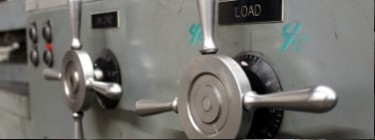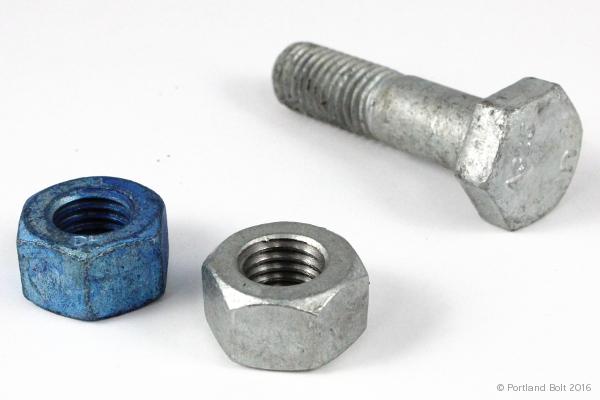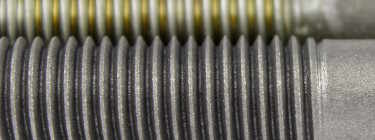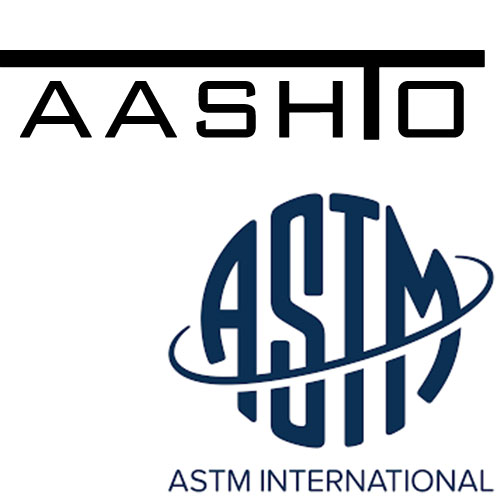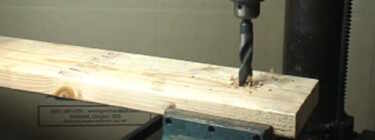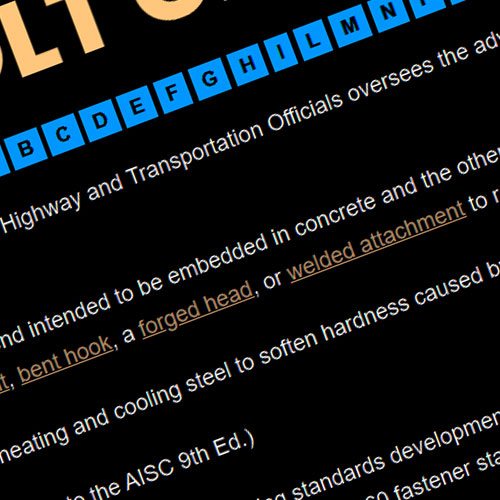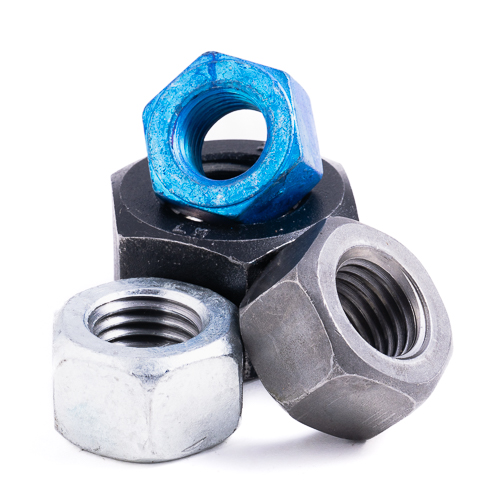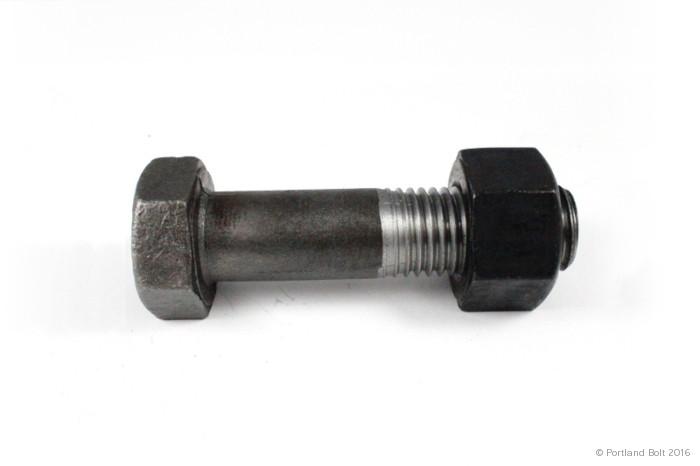Technical Tools and Information
Our suite of comprehensive technical tools is designed specifically to provide engineers, architects, and the construction industry with a one-stop shop for technical fastener information. At Portland Bolt, we understand your profession’s unique challenges and demands, which, is why we’ve developed a range of tools to streamline your workflows, enhance precision in information gathering, and boost productivity.
Why Choose Portland Bolt?

We invite you to explore our tools and experience the Portland Bolt difference firsthand. Let us quote your next project and demonstrate how our commitment to quality and service can benefit your operations. With multiple locations in the US, in most circumstances we can deliver to most locations in the US in two business days.
- Specialized Expertise: Benefit from over a century of industry knowledge and experience since our founding in 1912.
- Direct Selling: Enjoy direct sales without middleman mark-ups, ensuring cost-effective solutions tailored to your needs.
- Dedicated Support: Our knowledgeable staff is readily available via phone, email, or online chat to assist you before, during, and after your purchase.

